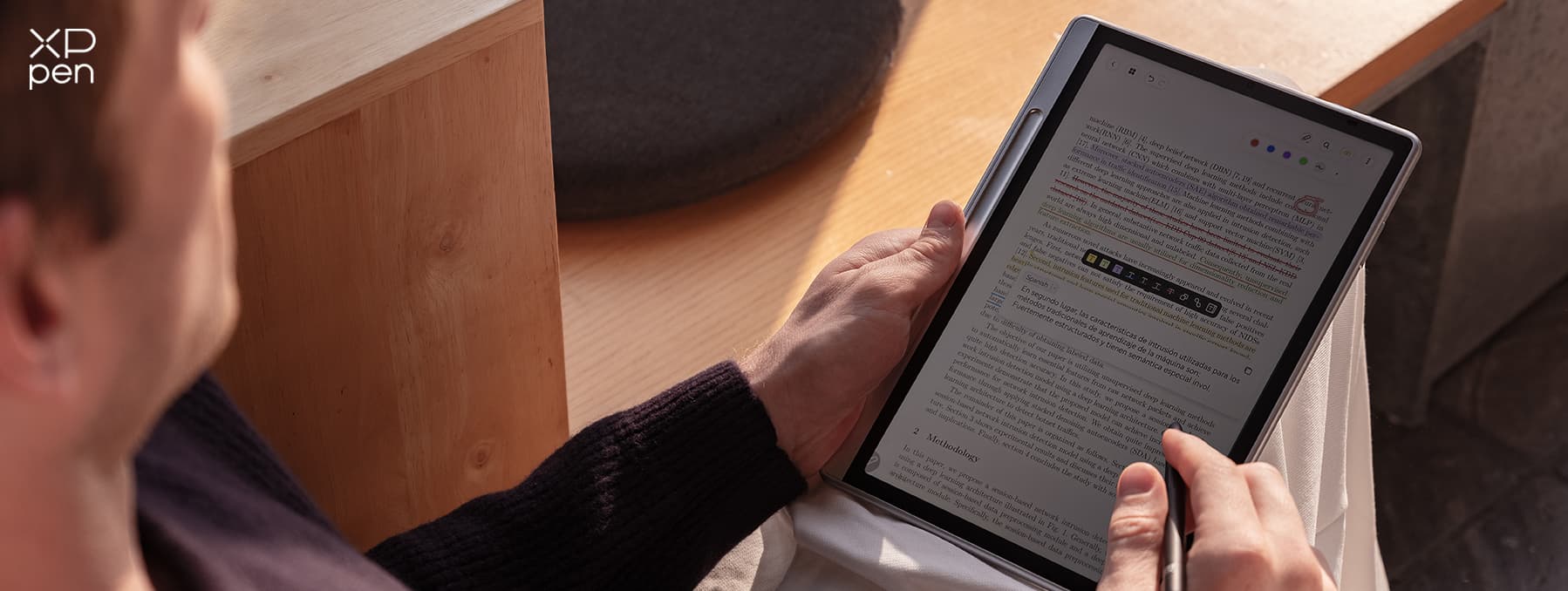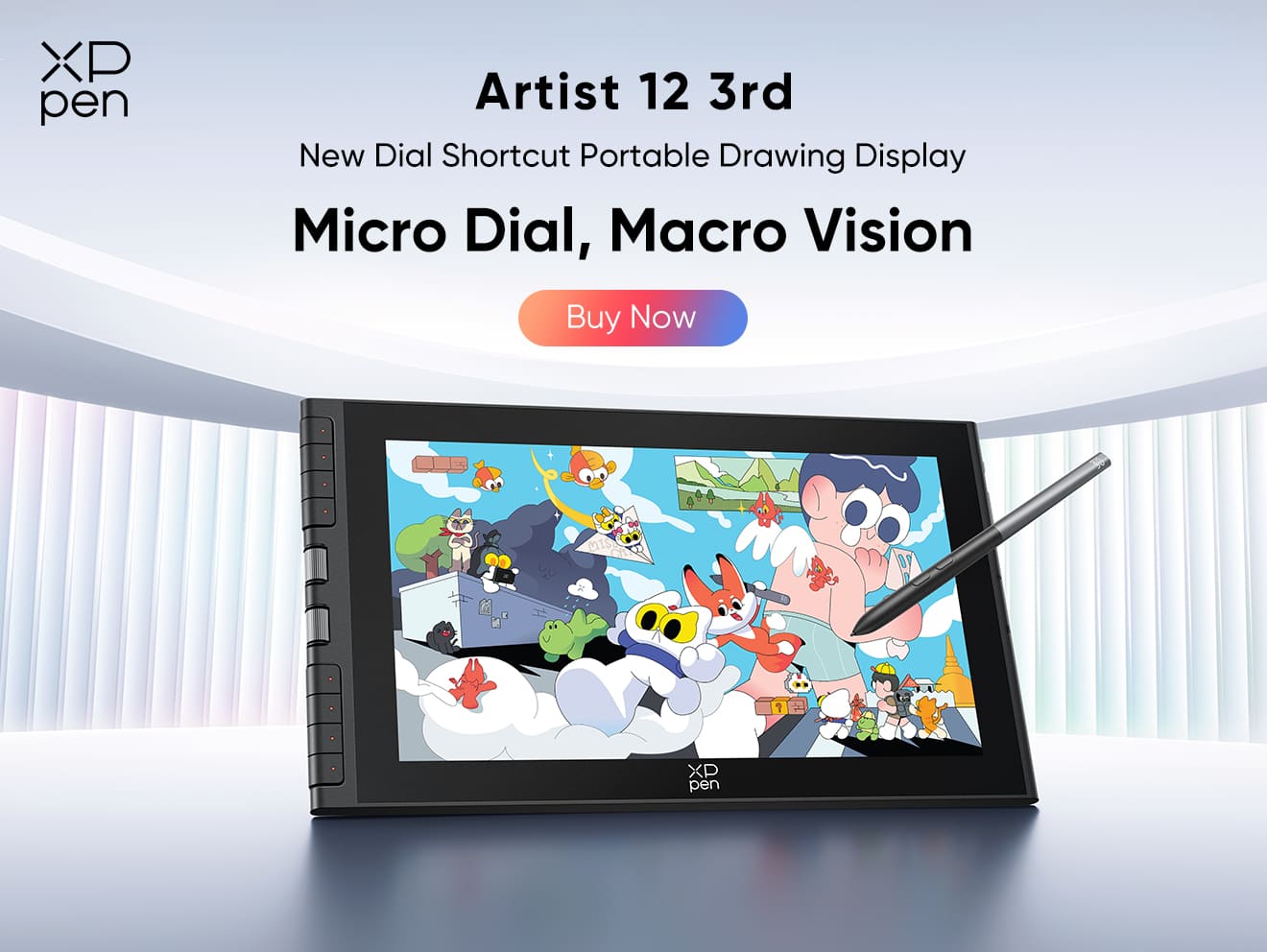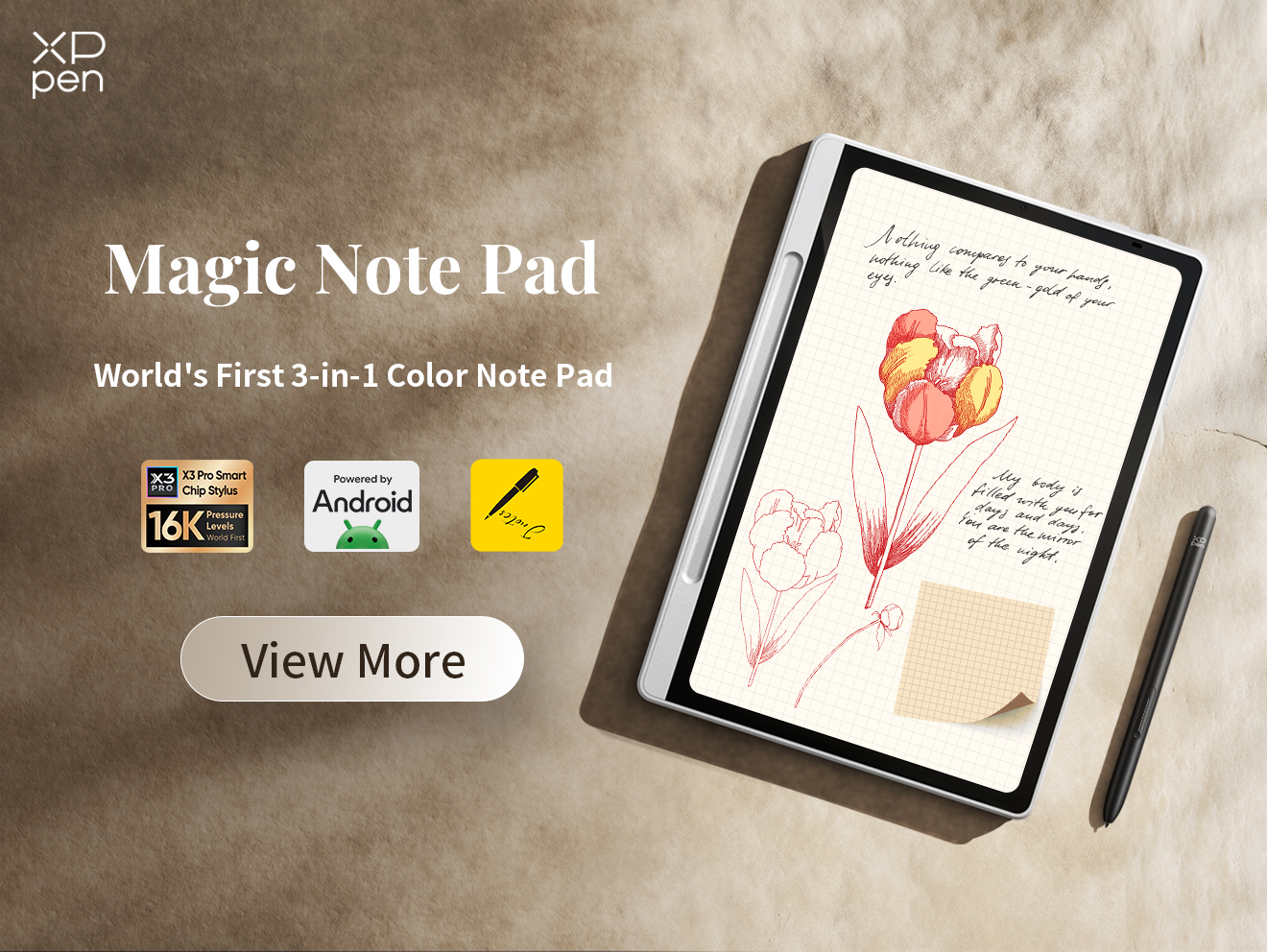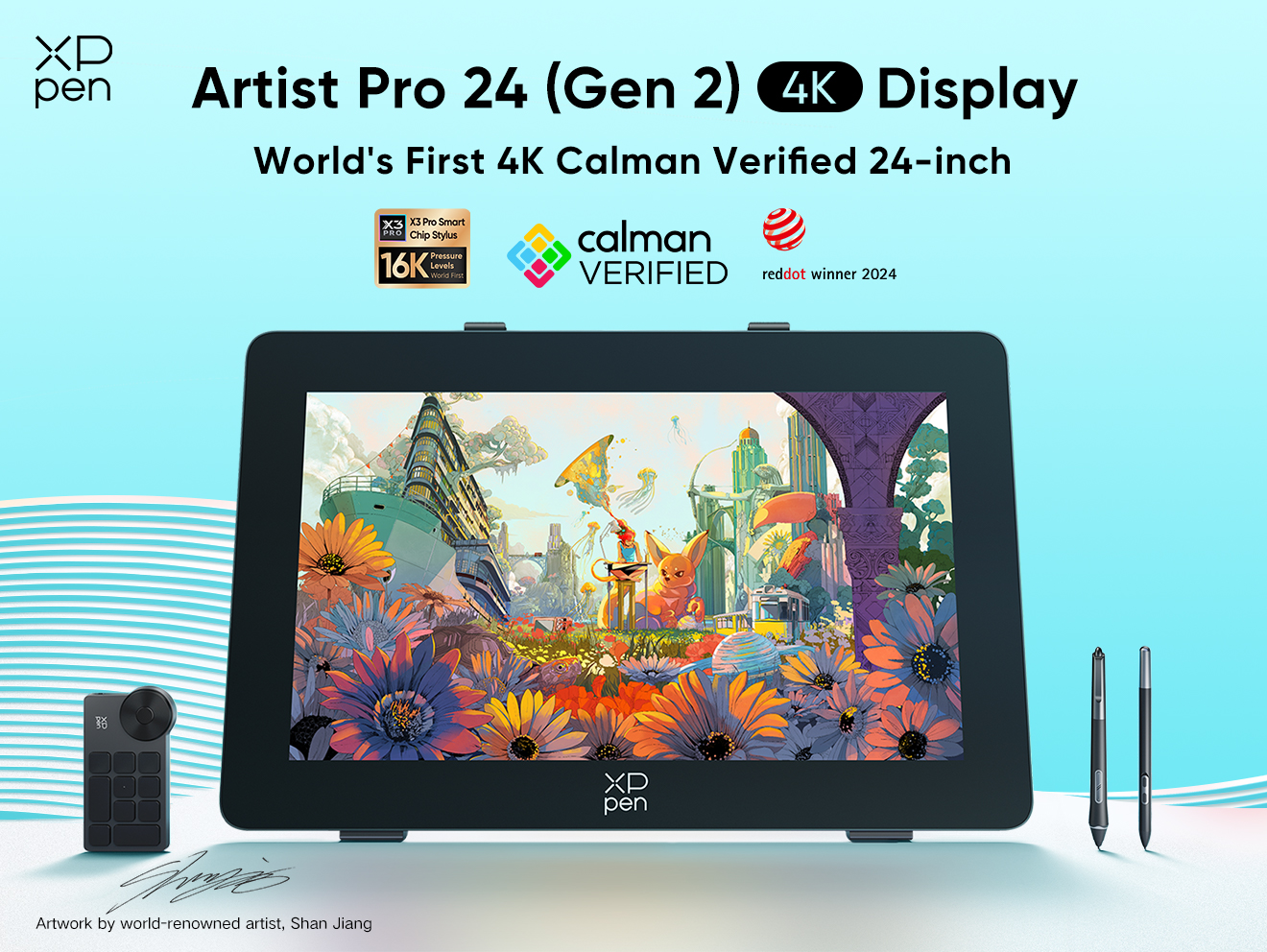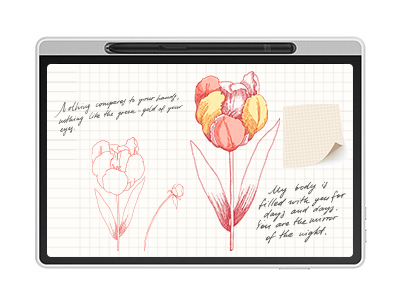
How to Use Obsidian: Tips and Tricks for Structured Knowledge Management
KNOWLEDGEIn a world overflowing with information, managing knowledge efficiently has become a crucial skill. Obsidian is a powerful, markdown-based knowledge management tool that helps users turn scattered ideas into a connected web of insights. Whether you're a student, researcher, writer, or knowledge worker, Obsidian can transform the way you think, learn, and create. This article provides a comprehensive guide to mastering Obsidian for structured knowledge management.
Getting Started: Interface and Core Concepts
Obsidian operates on a local folder of Markdown files, ensuring that your data is future-proof and accessible. Its core concepts include:
Vaults: A "vault" is the root folder containing all your notes.
Notes: Written in Markdown, each note is a standalone text file.
Links: Notes can link to each other using
[[double brackets]].Graph View: Visualize your notes as a network of ideas.
The interface is minimal and customizable, with a central editor pane, sidebars for navigation and plugins, and an interactive graph view to reveal relationships between notes.
Creating and Organizing Notes
Start by creating a new vault and writing your first notes. Use headers, bullet points, and checkboxes to structure content clearly. Organize ideas into notes with meaningful titles, and avoid overly long pages. A good practice is to split complex ideas into smaller notes and interlink them.
For example:
Machine Learning Basics
Gradient Descent
Supervised vs Unsupervised Learning
Each note should focus on a single concept, which makes linking and reusing information much easier.
Linking Notes for Deeper Connections
One of Obsidian’s standout features is bidirectional linking. When you create a link to another note, Obsidian automatically shows backlinks—places where that note is referenced.
This helps form a second brain, where connections between ideas emerge organically. You can also create link previews, embed other notes, and use aliases for flexible linking.
Example:
In your “Machine Learning Basics” note, you might write: “An important optimization algorithm is Gradient Descent,” linking to its dedicated note.
Using Tags and Folders Effectively
Tags (like #math or #todo) help classify notes quickly and add another layer of structure. You can search for tagged notes or create tag-specific views.
Folders provide a familiar hierarchical organization. Use them to group notes by project, topic, or status, but don’t over-rely on them—Obsidian thrives on connections, not rigid structures.
Best practices:
Use folders sparingly for high-level organization (e.g., Courses, Projects, Daily Notes).
Use tags to add flexible metadata (e.g., #idea, #meeting, #research).
Visualizing Knowledge with Dataview
The Dataview plugin turns your notes into a powerful database. You can write simple queries to filter, sort, and display notes based on metadata—without needing to use code.
For instance, you might want to list all notes tagged with a specific topic or summarize all research-related files. This makes it easier to manage tasks, track reading progress, and review projects directly within Obsidian.
Handwriting Meets Markdown: Using Obsidian with XPPen Magic Note Pad
If you love handwriting, you can integrate Obsidian with the XPPen Magic Note Pad. This smart notepad digitizes your handwriting and syncs it to your device.
The Magic Note Pad is equipped with X3 Pro Pencil 2 with 16,384 levels of pressure sensitivity, which supports a natural and smooth handwriting experience and is suitable for quickly recording inspiration, meeting minutes, and class notes.
Export handwritten notes as images or PDFs and embed them in Obsidian.
Its XPPen Notes app supports handwriting-to-text conversion, which makes it easy to convert handwritten notes into editable text, which makes it easier to organize and link text in Obsidian.
Attach handwritten drafts to digital notes to preserve the original thinking process.
XPPen Notes supports syncing notes to OneDrive and Google Drive, and then seamlessly imports and manages note content through Obsidian's folder sync function.
This hybrid approach preserves the tactile creativity of handwriting with the structured, searchable power of digital notes.
Best Practices for Long-Term Knowledge Management
To get the most out of Obsidian, adopt these habits:
Daily Notes: Capture daily thoughts, plans, and reflections.
Zettelkasten Method: Use atomic notes to build a network of permanent knowledge.
Periodic Review: Revisit and refine your notes regularly.
Templates: Create templates for meetings, books, or research to maintain consistency.
Plugins: Explore community plugins for task tracking, spaced repetition, calendar views, and more.
Conclusion: From Handwritten Ideas to a Structured Digital Brain
Obsidian is more than just a note-taking app—it’s a framework for thinking. By combining Markdown simplicity, powerful linking, visual tools like Graph View and Dataview, and integration with tools like the XPPen Magic Note Pad, Obsidian helps you build a second brain that grows with your knowledge. Start small, stay consistent, and let your ideas connect and evolve.
About Us
Founded in 2005, XPPen is a leading global brand in digital art innovation under Hanvon UGEE. XPPen focuses on the needs of consumers by integrating digital art products, content, and services, specifically targeting Gen-Z digital artists. XPPen currently operates in 163 countries and regions worldwide, boasting a fan base of over 1.5 million and serving more than ten million digital art creators.
Learn moreLooking for the Best Drawing & Design Apps?
Discover essential drawing techniques, expert tips, and the best app recommendations to boost your creativity and master digital art.
